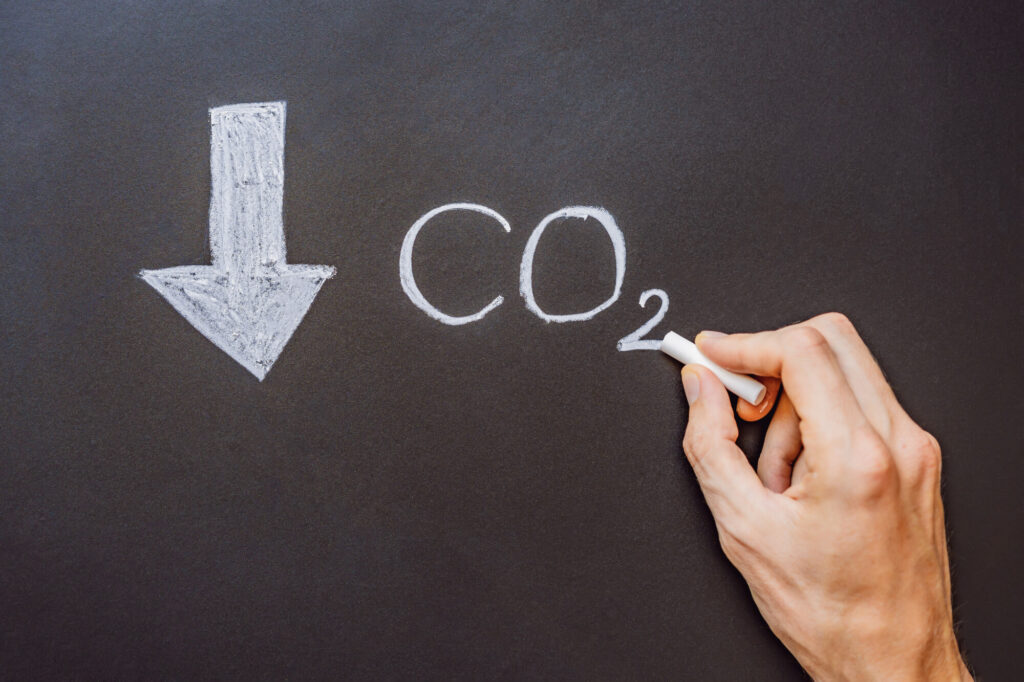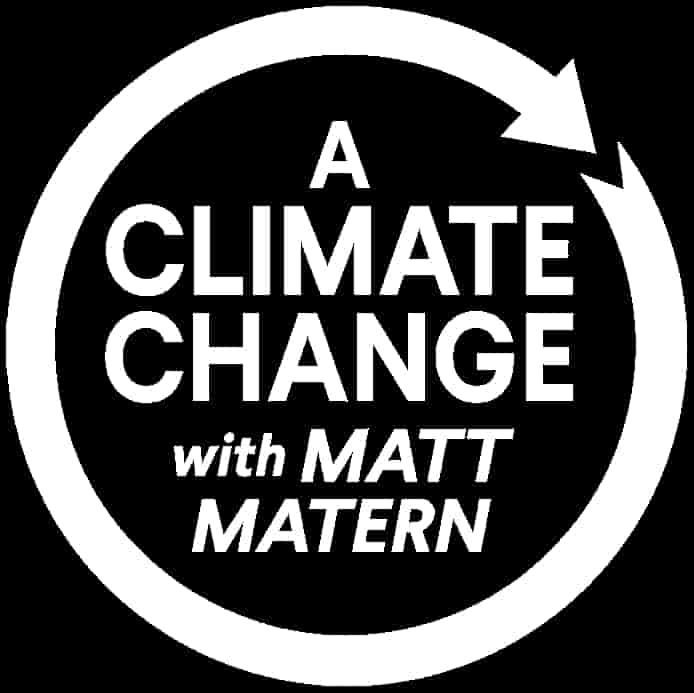
The U.S. government recently committed to trying to reduce carbon emissions in this country by more than 50% by 2030. It’s going to be a tall task when you consider that the U.S. is the second-largest greenhouse gas emitter in the entire world. But the hope is that Americans will begin to embrace renewable energy sources sooner rather than later.
So, what are some of these renewable energy sources, and how do they work? From solar energy to wind energy to the rest of the renewable resources out there, we’re going to break them all down for you in this article.
Continue reading to learn more about the various renewable energy sources that can help reduce carbon emissions. Many of them will be used in one way or another over the next decade as the country moves away from its reliance on nonrenewable resources like oil, natural gas, and coal.
To Start, What Are Renewable Energy Sources?
Before we begin talking about the specific types of renewable resources that are being used in the U.S. and other countries to reduce carbon emissions, you need to understand what renewable energy sources are. So let’s start things off there.
Renewable energy sources are any energy sources that derive from nature and can be replenished quickly. Sunlight and wind are two great examples of energy sources that are renewable. The world isn’t ever going to run out of sunlight or wind.
Renewable energy sources differ greatly from nonrenewable energy sources like the aforementioned oil, natural gas, and coal. If the U.S. and other countries continue to use these energy sources, they’re eventually going to run out. Oil, in particular, could be wiped off the map within the next 50 years if the world keeps using it at the current rate.
This is a big part of the reason why there has been such a push for the U.S. and other countries to wrap their arms around renewable energy sources. Doing it can help reduce carbon emissions while also preventing the world from running out of the energy sources it needs.
What Are the Best Renewable Energy Sources?
In recent years, researchers have looked high and low for as many renewable energy sources as they could possibly find. As a result, there isn’t any shortage of renewable energy sources that can help reduce carbon emissions.
Some are more readily accessible than others. But each of these renewable energy sources brings something slightly different to the table. Here are several of the best options of the bunch thus far.
Solar Energy
Of all the renewable energy sources on this list, solar energy is the one Americans are most familiar with. It’s become more and more common to see solar panels sitting on the top of homes and businesses throughout the country.
These solar panels are able to capture sunlight and convert it into energy that can be used to power up homes and businesses. They provide one of the most cost-effective ways for Americans to produce energy without having to rely on oil, natural gas, or coal.
Less than 10% of American homes and businesses have solar panels. But that number has steadily increased over the last decade and is expected to keep on going up in the years to come.
Wind Energy
While solar energy is still the most popular form of renewable energy, wind energy is not so slowly gaining ground on it. There are large wind turbines popping up all over the place in both onshore and offshore locations.
The technology associated with harnessing energy from the wind has also evolved quite a bit in recent years. It has made it possible for companies to collect more energy from wind turbines that are taller and bigger than ever before.
The locations of wind turbines can impact how much energy they’re able to produce. Those in places that have stronger winds can obviously produce more energy than those in places with gentler winds.
But if enough wind turbines are built throughout the world, the thought is that they might be able to produce more energy than the planet is producing on an annual basis right now. This could help reduce carbon emissions without forcing people to live without the energy sources they need.
Geothermal Energy
There is so much thermal energy baked right into the Earth’s interior. For about a century now, different companies have been working on ways to harvest this energy by creating wells that can be used to extract heat from geothermal reservoirs.
Obtaining geothermal energy isn’t quite as easy as securing solar or wind energy. But it’s yet another way that energy can be produced without the world having to count on nonrenewable resources for it.
Hydropower
When water moves from a higher elevation to a lower one, it can create energy that can be captured through the use of the hydropower process. This process involves utilizing hydropower plants that are built near reservoirs and rivers.
Believe it or not, hydropower is the biggest renewable energy source in the energy sector at the moment. But it’s also the one that’s being impacted the most by climate change. Climate change has caused droughts and changes to the weather patterns in some parts of the world, which has prevented some countries from being able to use hydropower.
Hydropower can also negatively impact the environment in certain ways when larger hydropower plants are built. It’s why it isn’t often seen as a viable option for those ready to use renewable energy sources to reduce carbon emissions.
Ocean Energy
Over 70% of the planet is made up of oceans. So it shouldn’t come as a huge surprise to hear that ocean energy might be something that helps reduce carbon emissions soon.
Ocean energy systems are still in their infancy stages. But there are technologies being developed right now that could help harness both kinetic and thermal energy from the waves and currents in the world’s oceans.
There is still no telling how much energy the ocean could help the U.S. and other countries produce. But there could be unlimited potential associated with using the ocean as a renewable energy source.
Reduce Carbon Emissions by Embracing Renewable Energy
These are just some of the different renewable energy sources that are being explored as options for helping to reduce carbon emissions. You should consider embracing each of them and learning about other options as they become available.
Would you like to stay on top of the latest news related to carbon emissions? Listen to our podcast to get the inside scoop on climate change, global warming, and more.

